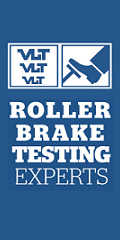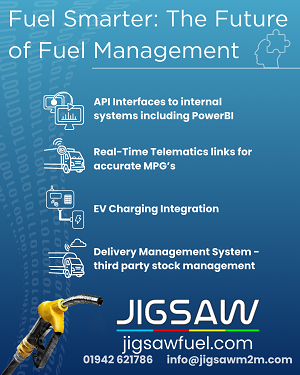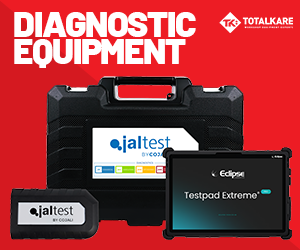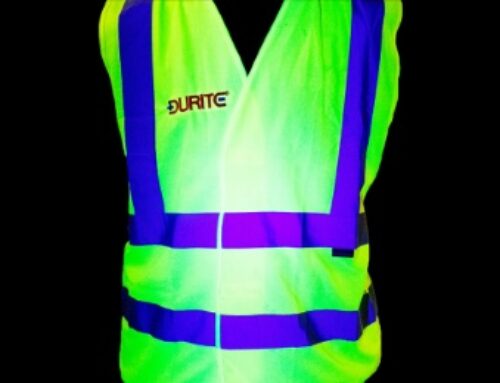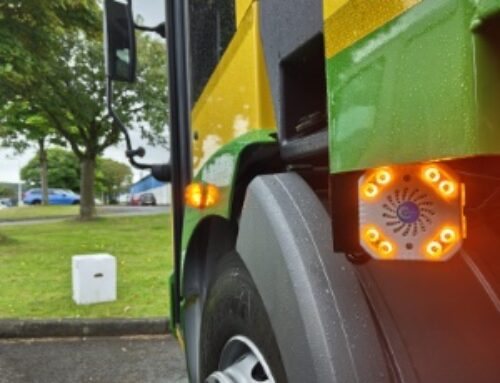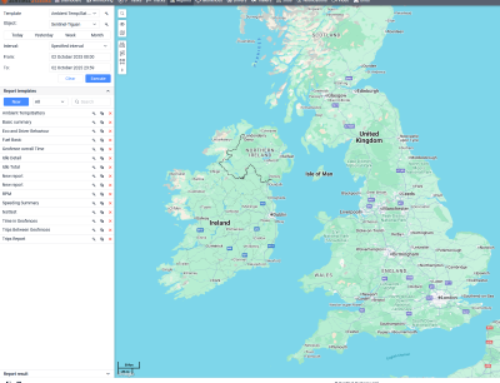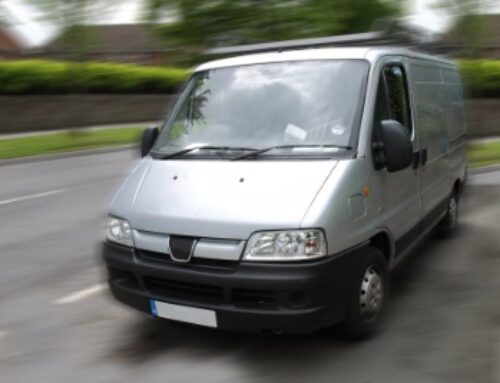Dr Air Brake’s diagnosis for rollaway and reversing incidents
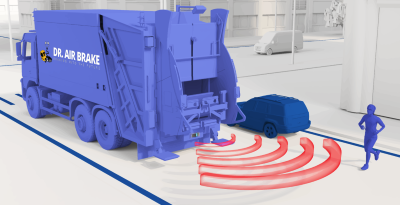 Dr Air Brake has underlined the role that onboard technology such as radar sensors and automatic parking brake systems can play in mitigating the risk of collisions that take place as a result of vehicle rollaways or during reversing manoeuvres.
Dr Air Brake has underlined the role that onboard technology such as radar sensors and automatic parking brake systems can play in mitigating the risk of collisions that take place as a result of vehicle rollaways or during reversing manoeuvres.
The company highlights recent video footage released by the Daily Record that showed a heavy goods vehicle parked in Edinburgh, suddenly beginning to roll away, before mounting the curb and rolling directly across a pedestrian footpath, then crashing into a wall.
“The footage is chilling not because of what happened, but because of what almost happened. The vehicle crossed the exact space where pedestrians walk, where parents push prams – where anyone could have been standing at that precise moment,” it said.
The company also highlights the potential for fatalities during reversing manoeuvres, and emphasises employers’ duties under health and safety legislation to both workers and the public, as well as the possibility of organisations being prosecuted under corporate manslaughter and corporate homicide law.
“When proven technology exists that can prevent a foreseeable incident, choosing not to implement it becomes increasingly difficult to defend,” said Dr Air Brake.
“The shift from driver culpability to corporate responsibility reflects a fundamental change in how workplace safety is understood. Individual human error will always occur. The question is whether management systems are designed to prevent those errors from becoming fatal.”
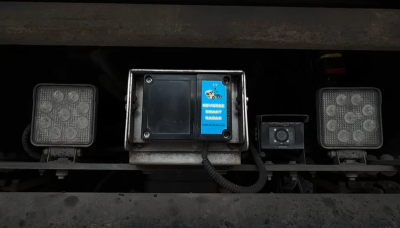 Reverse Smart, developed by Dr Air Brake, uses an integrated radar sensor system to detect pedestrians or obstacles in a vehicle’s reversing path.
Reverse Smart, developed by Dr Air Brake, uses an integrated radar sensor system to detect pedestrians or obstacles in a vehicle’s reversing path.
“Unlike simple parking sensors that only alert the driver, Reverse Smart automatically cuts power and applies the brakes when an obstruction enters the danger zone,” explained the company.
“The intervention is immediate and requires no driver input. In confined spaces… where visibility is inherently compromised and a driver’s attention is divided between multiple hazards, such a system provides a final safety barrier that doesn’t depend on human reaction time.”
Similarly, the Auto Park Brake addresses the other critical vulnerability: unattended vehicle movement.
“The system automatically applies the parking brake whenever the driver opens the either cab door and monitors other variables such as low air and speed,” said Dr Air Brake.
“Even on an incline, the vehicle is mechanically secured with no risk of moving.”
What makes these systems significant from a legal and operational perspective is that they don’t require perfect driver compliance or situational awareness, the company adds; they function as engineered safeguards that operate independently of human factors such as fatigue, distraction, time pressure, or simple momentary inattention.
“The effectiveness of such systems is no longer speculative. Data from UK fleets shows measurable safety improvements,” said Dr Air Brake.
“Local authority waste and recycling fleets have reported zero reversing collisions following installation of detection and auto-braking systems. Construction fleets using automatic parking brake technology have eliminated rollaway incidents entirely. National logistics operators have documented reductions in accident-related vehicle downtime and insurance claims exceeding forty per cent.
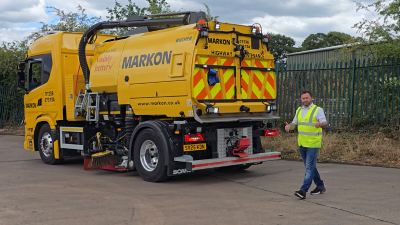 “These results establish that the technology is not experimental or unproven. It is operational, reliable, and delivering documented safety improvements in real-world conditions across multiple sectors.”
“These results establish that the technology is not experimental or unproven. It is operational, reliable, and delivering documented safety improvements in real-world conditions across multiple sectors.”
The company warned: “A momentary lapse – failing to fully engage a handbrake, misjudging a reversing angle in a confined space – creates forces that no amount of subsequent human reaction can counteract.
“Several tonnes of vehicle moving under momentum cannot be stopped by awareness or intention alone…
“Fitting intelligent braking and reversing protection is no longer about being at the cutting edge of safety technology. It’s about meeting the basic standard of care that current technology and legal expectations now define.”




